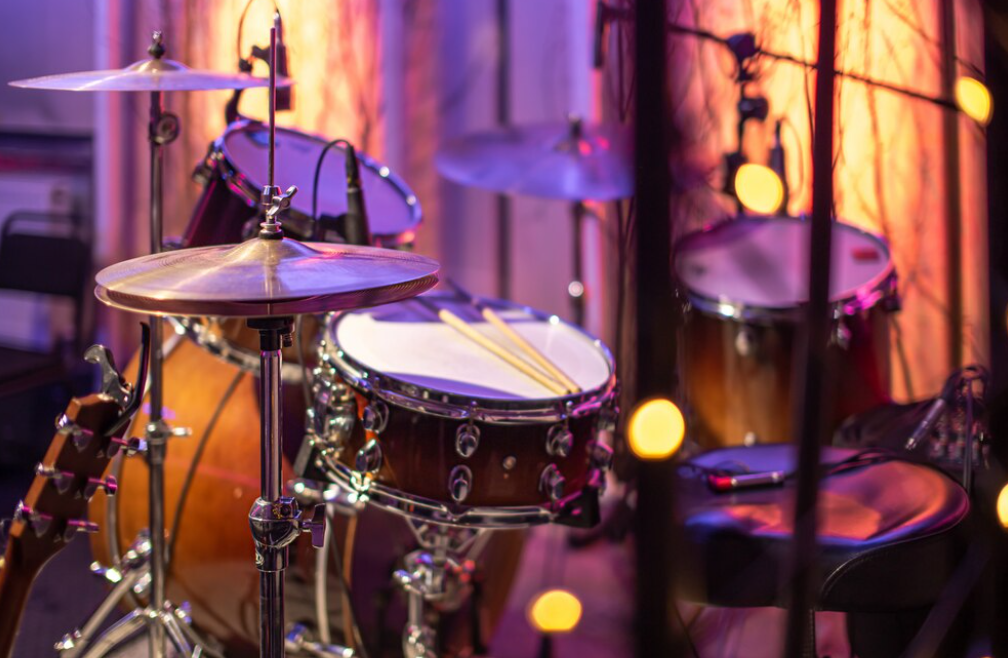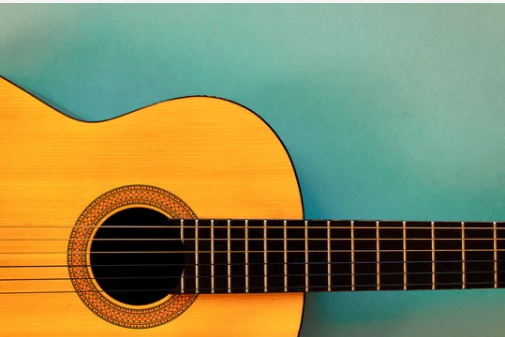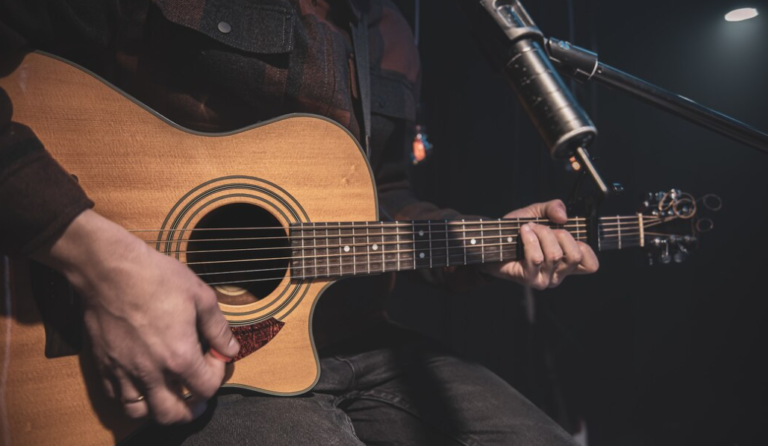Guide On How To Pick The Best Drum Set?
So you’ve decided to take up drumming.
You see yourself tapping on your son’s head or banging on the steering wheel as you sit in traffic. Maybe your kid is rocking at home but on your kitchen table.
But before you strap on those sticks and start banging away, you need to find the right drum set. Sure, you could spend months researching, consulting with experts, and comparing specs, but who has time for that? (not me)
Here’s a no-nonsense guide to choosing the best drum set that will have you hitting the skins in no time.
First things first budget
If you step into a store, they will most likely give you what you don’t need. Sorry- I know that is rough- just the facts. The best drum set is one that fits your budget, level, and needs.
The good news is that you don’t have to break the bank to find a great drum set. Brands like Pearl, Gretsch, and Ludwig offer entry-level kits that give you everything you need to start drumming without taking out a second mortgage. Look for sets that include drums, cymbals, stands, and pedals. Don’t worry about getting the fanciest set out there – you can always upgrade later.
Next, consider the size of your kit
There are sizes for the best drum kit for you. Did you know that? You can get a little bitty drum set for a little bitty kid, and you can get a full-grown kit for you.
For the most part, If you’re a beginner, a standard five-piece set will do the trick. The best drum kit generally includes a bass drum, two rack toms, a floor tom, and a snare drum. However, if you’re short on space or budget, you can get away with a smaller kit. Just remember that the more drums you have, the more creative you can get with your fills and patterns.
Another important factor to consider is the material of your drums. Acoustic drums are typically made of wood (usually maple, birch, or mahogany), but some sets feature shells made of other materials like acrylic or metal. Each material has its own distinct sound and feel, so it’s a good idea to try out different sets and see which one suits you best.
When selecting a wood for drum kits, the type of wood greatly influences the sound and timbre of the drums. Maple, birch, and mahogany are three popular choices, each with its own unique characteristics
Maple
Sound
- Maple is known for its warm, balanced sound. It has a good mix of high, mid, and low tones, which makes it versatile for different styles of music.
Timbre
- The timbre of maple is generally rich and even. It tends to produce a resonant tone that has a clear, defined pitch. Maple drums are known for their smooth sustain.
Considerations for Purchase
Versatility
- Because of its balanced sound, maple is suitable for a wide range of music genres.
Recording Quality
- Maple drums often record very cleanly, which is ideal for studio work.
Projection
- Maple has a good natural projection, making it suitable for both live and studio settings.
Birch
Sound
- Birchwood provides a boosted high-end and a slightly reduced midrange, with a good low-end punch. This EQ sound often requires less manipulation when mic’d up.
Timbre
- The timbre of birch drums is characterized by its sharp, bright qualities. Birch has a more aggressive attack, often described as “punchy.”
Considerations for Purchase
Studio Work
- Birch is commonly chosen for studio recordings due to its natural EQ and emphasis on high and low frequencies.
Clarity
The boosted highs and a strong low end make for a very clear and focused sound that can cut through a mix.- Volume: While offering a strong presence, birch kits can be quieter than maple, which may be beneficial in smaller venues or controlled environments.
Mahogany
Sound
- Mahogany is known for its warm, deep tones with an emphasis on the lower frequencies and a reduction in the highs.
Timbre
- Mahogany drums have a vintage, dark sound that is often associated with the drums from the ’60s and ’70s. The sustain is generally shorter, with a soft, mellow attack.
Considerations for Purchase
Warmth
- The depth and warmth of mahogany make it perfect for genres that require a deep, rootsy tone.
- Vintage Sound If you’re looking for a classic or retro sound, mahogany is a go-to choice.
Dynamic Range
- Mahogany drums usually have a rich dynamic range and respond well to varied playing intensity.
When it comes to cymbals, you don’t need to go crazy. A basic set that includes a ride cymbal, crash cymbal, and hi-hats is all you need to get started. Again, you don’t have to splurge on high-end cymbals; just make sure they’re durable enough to withstand your beginner bashing. Some beginner sets come with a set of basic cymbals.
Finally, don’t forget about hardware. Stands, pedals, and thrones may not seem like the most exciting part of your drum set, but they’re crucial to your playing experience. Make sure you invest in good quality hardware that’s sturdy and adjustable to your playing style and preference.
This is a great start. A beginner’s guide to finding the best drum set without getting bogged down in technical jargon or endless options. Remember, the most important thing is to choose a kit that feels comfortable to you and inspires you to drum your heart out. Happy drumming!






